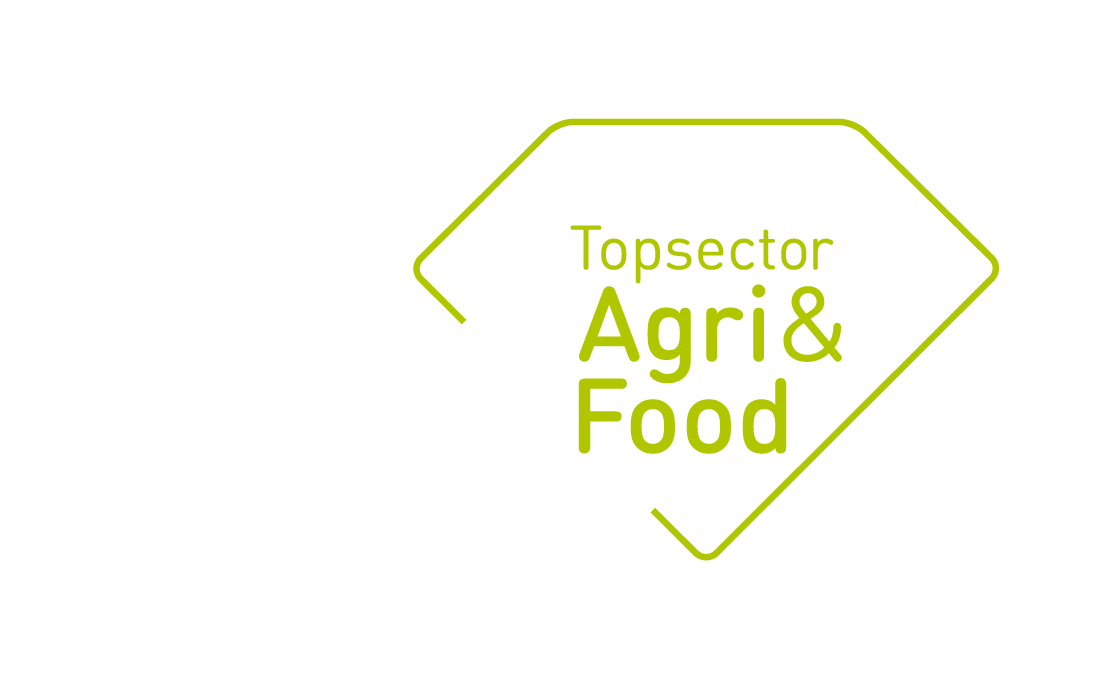Projecttitel: Smooth bite for all
Projectnummer: AF-15504
Missie: Gewaardeerd, gezond en veilig voedsel
MMIP: Gezonde voeding, een makkelijke keuze (D2)
Looptijd: 2016 – 2020
Budget publiek: € 1.444.000
Budget privaat: € 1.371.000
Projectleider: Marcus Stieger
Projectpartners: FrieslandCampina, Fromageries Bel, TiFN, Unilever, Wageningen University & Research
Properties of foods such as the micro- and macroscopic structure have been demonstrated to determine the behaviour of the food during consumption. The structural, rheological and tribological transitions which foods undergo during mastication influence oral processing behaviour. Oral processing behaviour depends on oral physiology. Recently, eating capability has been proposed as a concept describing an individual’s capability to orally manipulate and swallow foods. Consequently, oral physiology contributes to eating capability. Eating capability varies largely between consumer groups depending on age, gender and ethnicity. Oral processing behaviour can be influenced by the structural and textural properties of foods and influences dynamic sensory perception and hedonic appreciation. Sensory perception is influenced by product expectations which depend on previous tasting experiences. Product expectations and product familiarity differ between consumer groups. Sensory perception is accompanied by dynamic perception of food evoked emotions which depend on consumption context. Eating behaviour is highly relevant for sensory and emotion perception and consequently for liking of foods. The complex interrelationships between these properties needs to be taken into account when designing food products for target consumer groups such as young adults, healthy elderly or specific ethnic groups (Caucasian, Asians). With the trending topics of the healthy, ageing population, growing markets in Asia and personalized nutrition, effective food texture design for target consumer groups is required. The increasing demand for personalized nutrition and foods represents an opportunity, yet a challenge for food industry. In the case of food texture, different segments of consumers with different preferred textures have been identified recently by marketing researchers. Consumer were separated in categories corresponding to their preference for food textures. In order to develop products that will be successful on the market, it is essential to understand the reasons for product acceptance and rejection. However, this is not enough. Most products are playing in very competitive markets. To be successful products must not only be acceptable, but must ‘delight’ the consumer. Developing products with the knowledge of how texture acts to aid in this is a critically important tool. Many foods that are highly liked are composed of multiple components with considerably different mechanical properties on macroscopic length scales. The mechanical contrast between the components might lead to contrasting texture sensations which have been suggested to enhance palatability of foods. Texture contrast and texture heterogeneity can make generally well liked foods even more liked. Mechanical contrasts can be caused by inhomogeneity in food structure at different length scales. The combination of macroscopic components with contrasting mechanical properties in composite foods results in complex oral food breakdown behaviour in mouth and dynamic texture perception.
Links:
Deel dit bericht

